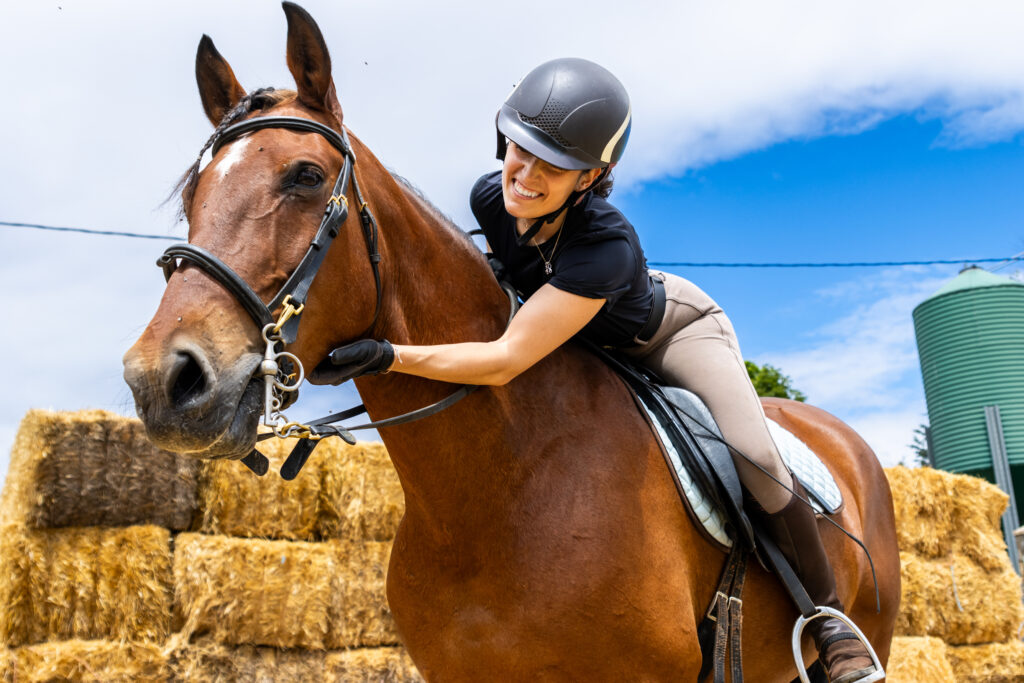Saddle Comparisons: 5 Critical Factors for English vs. Western
This article aims to provide a comprehensive saddle comparison between two popular saddle types. We’ll delve into their unique features, uses, and the key differences that set them apart. Whether you are a beginner rider, a horse owner, or just interested in equestrian gear, this guide will help you make a smart choice.
Remember, the right saddle for you largely depends on your riding style, discipline, and personal preference.
Let’s start our journey comparing Western and English saddles. We will find the best fit for you and your horse.
Choosing the right saddle is a crucial decision for any equestrian enthusiast. It can significantly impact your riding experience, comfort, and even your horse’s performance.
But how do you decide between a Western and an English saddle? Let’s dive in to the best tips for saddle comparison.
Understanding the Basics of Saddle Types
The world of equestrian gear is diverse, and understanding saddle types is foundational. Saddle makers craft saddles to suit specific disciplines and provide comfort, making them more than just riding equipment.
Western and English saddles dominate the market, each with its own design and purpose.
This section will give a simple understanding of these two saddle types. It will set the stage for a deeper saddle comparison.
Western Saddle Comparison: Features and Uses
Western saddles are known for their durability and comfort, especially suitable for long rides. People typically use them in ranch work, rodeo events, and western pleasure riding. The Western saddle is designed with a horn, which is a distinctive feature that provides stability.
It has a wider twist and a higher cantle, offering better support and security for the rider.
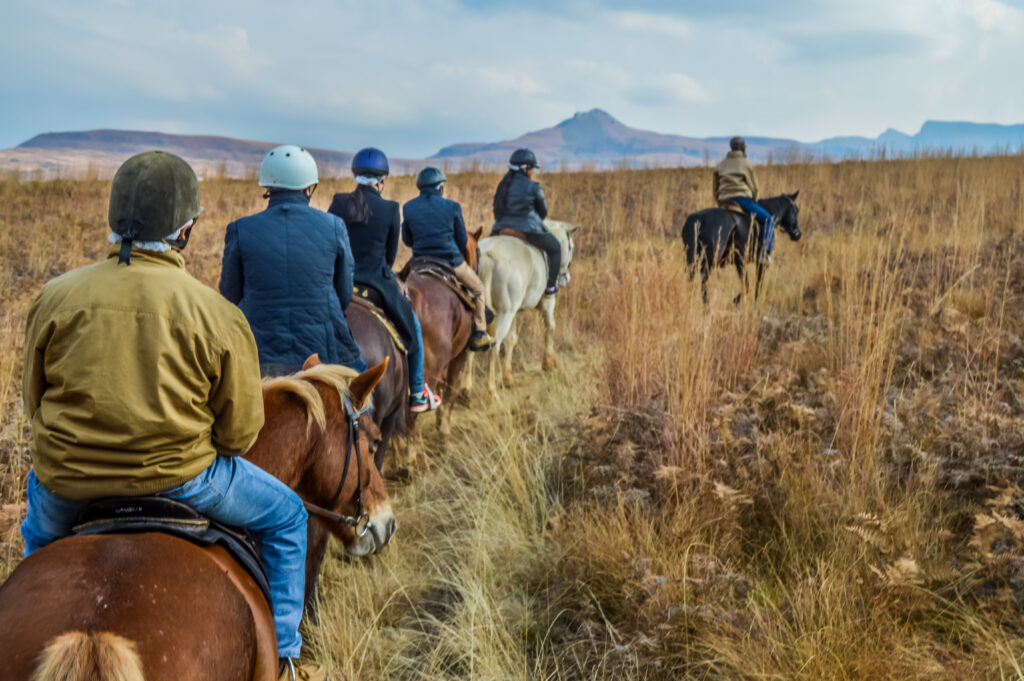
English Saddle Comparison: Features and Uses
English saddles are crafted for agility and close contact with the horse, perfect for precision sports. They are frequently used in disciplines like dressage, show jumping, and events.
This saddle type is lightweight and has a narrower twist, promoting flexibility in movement and better feel for the horse.
English saddles lack a horn but compensate with a design that facilitates better communication between rider and horse.
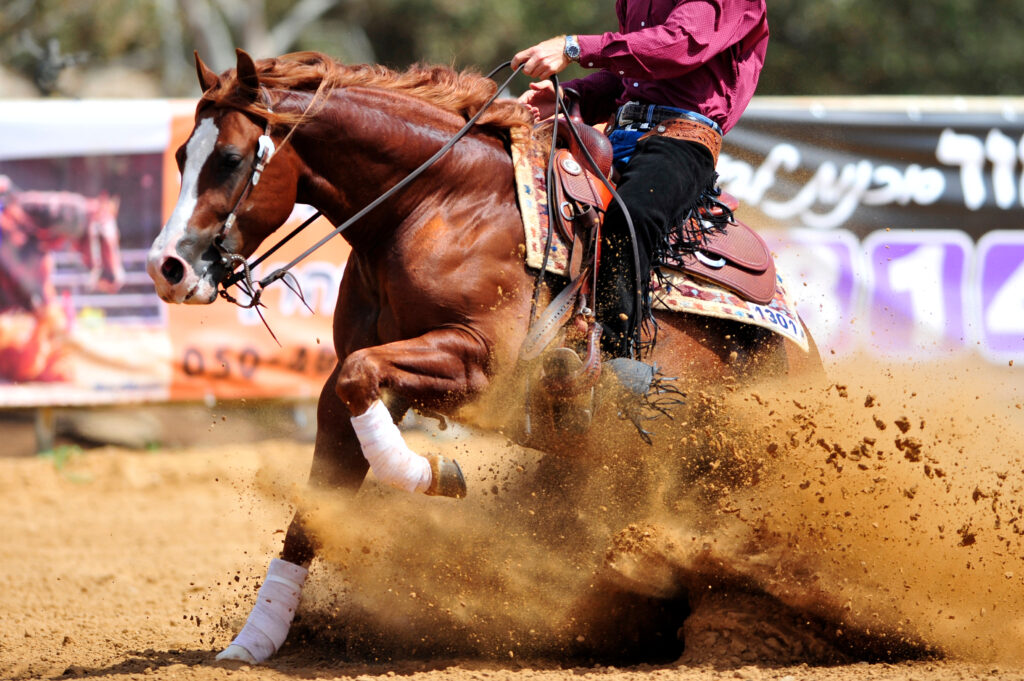
Key Differences Between Western and English Saddles
Choosing between Western and English saddles begins with understanding their key differences. One primary distinction is the purpose they serve in riding disciplines.
The Western saddle is ideal for work on ranches such as roping or sorting cows, as well as sports like barrel racing and reining, while the English saddle caters to sports such as Dressage, Jumping, and events.
Another significant difference when considering saddle comparison lies in the saddle design and its structural elements.
Here’s a quick look at the design features:
- Western Saddles: Feature a horn, wider twist, and are heavier.
- English Saddles: Lack a horn, have a lighter build, and a narrower twist.
Style and approach also vary with these saddle types. Western riding tends to emphasize endurance and utility. English riding focuses on elegance and precision. Materials used differ as well, with Western saddles often featuring ornate designs. English saddles, on the other hand, have a sleek, minimalistic appearance.
The saddle comparison involves understanding differences in security and comfort features. Western saddles prioritize stability for long rides. In contrast, English saddles prioritize direct communication with the horse, especially in competitive arenas.
Saddle Structure and Design
The saddle structure plays a crucial role in its function and use and should be considered in saddle comparison. Western saddles are sturdier, designed to distribute weight over a larger area. This aids in reducing pressure on the horse’s back and providing comfort for long rides.
English saddles, however, focus on offering close contact with the horse, allowing precise control. Their lightweight design allows riders to adjust quickly, which is essential in sports like jumping and dressage. This is another critical step to consider for saddle comparison.
Riding Discipline and Style
The choice of saddle often reflects a rider’s discipline and style. Western riding suits disciplines like reining and roping, where stability is key. This style tends to be more relaxed and practical.
English riding, conversely, is more formal and technical. Disciplines like show jumping and dressage require agility and elegance. Saddle design in each style optimizes these characteristics, influencing both riding posture and techniques, is another critical saddle comparison component.
Comfort and Security
Rider comfort and security are influenced by saddle design. Western saddles provide a deep seat with high cantles, giving riders enhanced security. This is particularly useful during long hours of trail riding.
English saddles prioritize freedom of movement and offer a closer, more communicative ride. This design supports precision in controlled environments, enhancing the rider’s connection to the horse.
Saddle Comparison: Western vs English
Selecting the right saddle involves weighing their pros and cons. Both saddle types have unique benefits and drawbacks, influenced by rider preferences and riding goals. Understanding these aspects helps in making a well-informed decision.
Let’s explore some of the key advantages and disadvantages of Western and English saddles.
Pros of Western Saddles
Western saddles are favored for several reasons. Their design offers stability and comfort for extended rides. The craftsmanship accommodates diverse accessories and uses. The ornate design also adds cultural and aesthetic value.
Here are some notable benefits:
- Comfortable for long durations
- Supports stability with a deep seat
- Allows use with various accessories like saddlebags
Cons of Western Saddles
Despite their advantages, Western saddles have some downsides. They are generally heavier, which can be cumbersome. Their size might not suit all horses, equestrians or activities. Their focus on security might limit rider movement.
Consider these potential drawbacks:
- Bulkier than English saddles
- Not ideal for close-contact riding
- Challenging for new riders to adjust
- Can be pricey for high-quality options
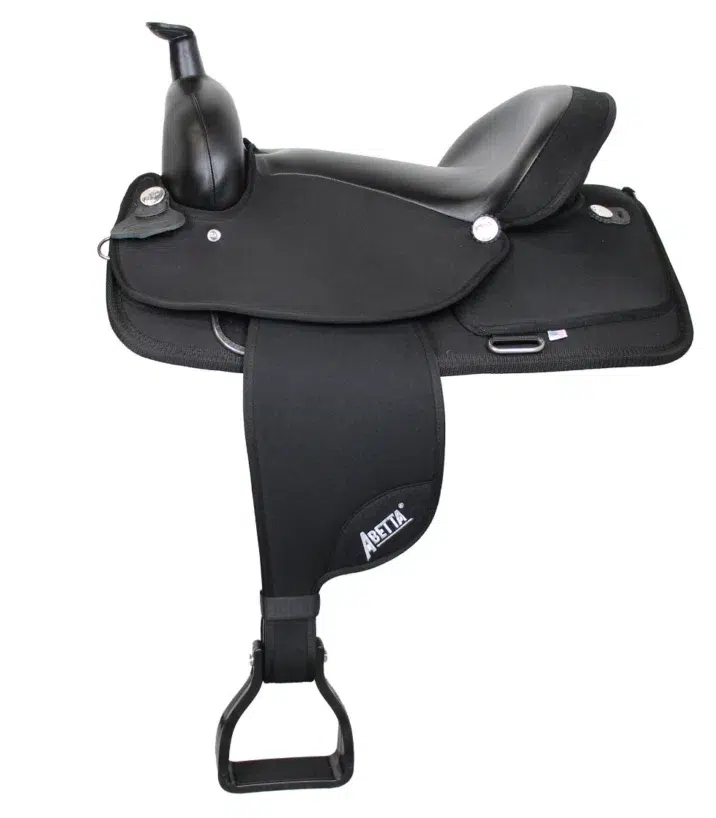
Pros of English Saddles
English saddles offer distinct advantages for competitive riding. They provide closer contact, enhancing communication between horse and rider. Their lightweight nature aids in agile movements. Their streamlined look suits formal events well.
Let’s look at their strengths:
- Lightweight and compact
- Facilitates precise control
- Ideal for competitive and show disciplines
Cons of English Saddles
However, English saddles also come with challenges. Their design might lack the comfort needed for longer treks. They require more skill for secure use. The need for precision and skill might deter beginners.
Here are a few limitations:
- Less comfortable for extended rides
- Smaller, less secure seat
- Can be pricey for high-quality options
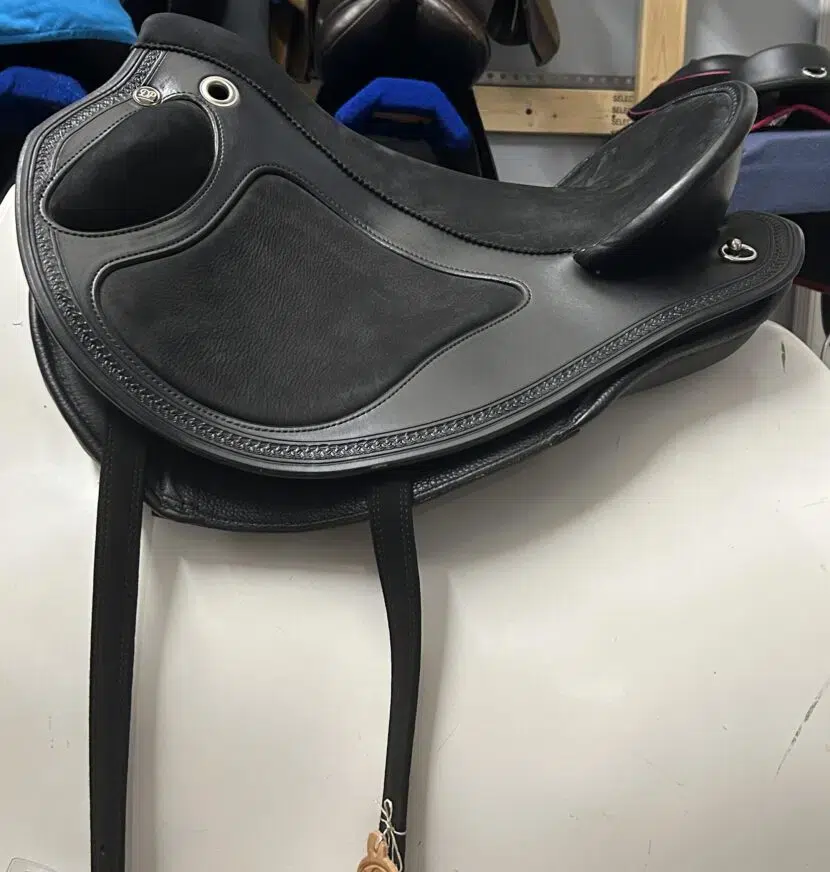
Click here to view this product.
Saddle Fitting and Horse Comfort
Saddle fitting is crucial for ensuring both the horse’s and rider’s comfort. An ill-fitting saddle can cause discomfort or even injury to your horse. Considering the horse’s back shape and size during fitting is essential. A correctly fitted saddle distributes weight evenly. This prevents pressure points and enhances overall performance.
Both Western and English saddles require attention to fitting details. Professional fitting services can help find the best match for the horse’s needs. Proper saddle fit also influences the rider’s balance.
Investing in a well-fitting saddle increases safety and riding enjoyment for both horse and rider.
Making the Right Choice for You and Your Horse
Saddle comparison should be carefully considered and researched. Choosing the right saddle depends on your riding style and needs. Western saddles suit activities like ranch work and long trail rides. English saddles excel in disciplines such as jumping and dressage. Consider your horse’s comfort and the fit of the saddle. Think about the intended use and frequency of rides. Personal preference also plays a significant role in selection.
Take time to try different saddles before deciding. The right saddle should align with both rider goals and horse’s condition.
Considerations for New Riders
New riders should focus on comfort and ease of use. It’s helpful to start with versatile options suitable for various activities. Try different saddle types to find what feels natural. Consider advice from experienced riders or instructors. Once you are more comfortable, saddle comparison is a good way to fine tune your riding experience.
Transitioning Between Saddle Types
Switching saddle types requires an adjustment period for both horse and rider. It’s essential to get accustomed to new saddle dynamics and features. Start with short rides to help your horse adapt. Gradually increase ride duration to allow for a smoother transition.
Personal Preference and Riding Goals
In the end, saddle comparison between Western and English saddles depends on personal preference. Your riding goals influence the decision significantly. Align your choice with what you find comfortable and fulfilling. Each saddle style offers distinct benefits. Reflect on your objectives and select the one that matches them best.
Final Thoughts and Next Steps
Choosing the right saddle is a journey, not a race. Consider seeking advice from experienced riders and visiting saddle fitting sessions. Try multiple options before finalizing your decision and take these saddle comparison tips in to consideration while shopping.
Continuing education in equestrian gear can enhance your riding experience. Embark on this saddle comparison process with patience and curiosity.
